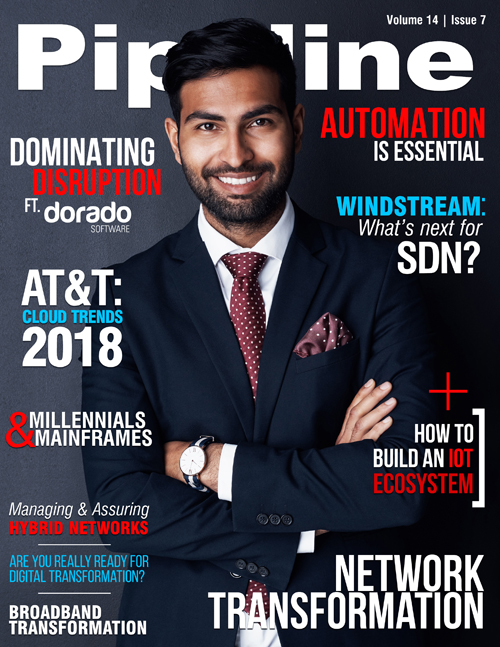Telecom Industry News
In the UK, Vodafone and CityFibre announced that they have chosen Milton Keynes to be the first community to benefit from Gigabit-capable full fiber broadband under the new FTTP program.
In Germany, Deutsche Telekom announced it has had a record breaking year for expanding its fiber-optic offering. The company also announced that it now connects more than 358,000 households in 207 cities and 122 communities to the Internet with up to 100 Mbps download and 40 Mbps upload.
In Duisburg, Germany Huawei signed a Memo of Understanding (MoU) with the city to work together on smart city development. The agreement lays the foundation for a local innovation lab, and transformation of many public and multiple services to evolve Duisburg into a innovative, Western European model city. Key planned features include intelligent connected classrooms, intelligent street lights, public broadband access, self-driving cars, dynamic traffic management, and 5G LTE technologies.
Telstra announced this month that it will be investing in two international subsea cable systems connecting Hong Kong and the west coast of the United States. The first investment will be made to build a new Hong Kong-Americas (HKA) cable, and the second will be an investment in the Pacific Light Cable Network (PLCN) to boost capacity and speed to 6 Terabits per second. Both investments are intended to support the economic growth and demand for data in and between Asia and the US.
In China, Chayora finalized agreements with the government of Beichen, Tianjin to begin construction of the company’s first hyperscale data centre campus. The 300MW, 80-acre campus will serve the greater Beijing region that is home to more than 150 million people in the JingJinJi mega-metropolitan area of northern China.
Smart Cities, Connected devices and the Internet of Things (IoT)
AT&T continued their advancement in IoT and smart cities, with an announcement of a new, structural monitoring solution designed to improve roadways and railways within the U.S. smart cities. The solution includes IoT sensors, which measure structural deficiencies such as cracks and tilts, which can trigger near-real-time alerts for significant structural events.Ericsson announced that it has been selected by the City of Dallas, Texas to install and host an Advanced Traffic Management System (ATMS) based on Ericsson’s Connected Urban Transport solution. The Connected Urban Transport solution will give the City of Dallas and adjacent cities the ability to aggregate and analyze diverse, real-time data from traffic sensors and cameras to dynamically control traffic lights, school flashers and message signs. The solution will allow the City of Dallas to expand its knowledge about traffic issues and assist with operational decision-making to improve traffic flow.
Tango Networks announced this month the launch of its Responsible Driver System (RDS) for fleet and commercial vehicle operations. RDS embeds enforcement of usage policies in the wireless network itself, using Tango's unique, patented technology, so that drivers cannot bypass usage restrictions except in emergencies or other permitted exceptions.
A new study from Juniper Research ranks global cities based on an assessment of their performance and approach towards energy consumption and delivery. Seoul, Korea ranked first in the world, according to the report, followed by San Francisco, New York, Portland, and Barcelona. The data found that smart cities will result in a $14 billion savings for citizens by 2020, up from an estimated $3.4 billion savings in 2017.
Juniper also released a report this month, claiming that hybrid smartwatches – which are analog watches that incorporate some smartwatch functionality – will make up over 50 percent of the smartwatch market by 2022. The study predicts that 80 million smartwatches will ship by 2022, a 460 percent increase from 2017. The report also indicates there will be continued growth in the full-digital display smartwatch market, but at a lower rate of 160 percent.
At the Consumer Electronics Show (CES) in Las Vegas, oneM2M’s Technical Plenary Chair, Dr. Omar Elloumi urged the industry to start thinking horizontally to unlock the full potential of IoT, Connected Devices, M2M and Smart Cities. This open approach would provide access to a common data sets and services to improve the customer experience, and security. The idea is support by moves in the connected car space, including Toyota who is quoted in the press release, the E.U.'s AUTOPILOT program, and others in the oneM2M ecosystem that spans IoT, smart home, and machine-to-machine applications.



















